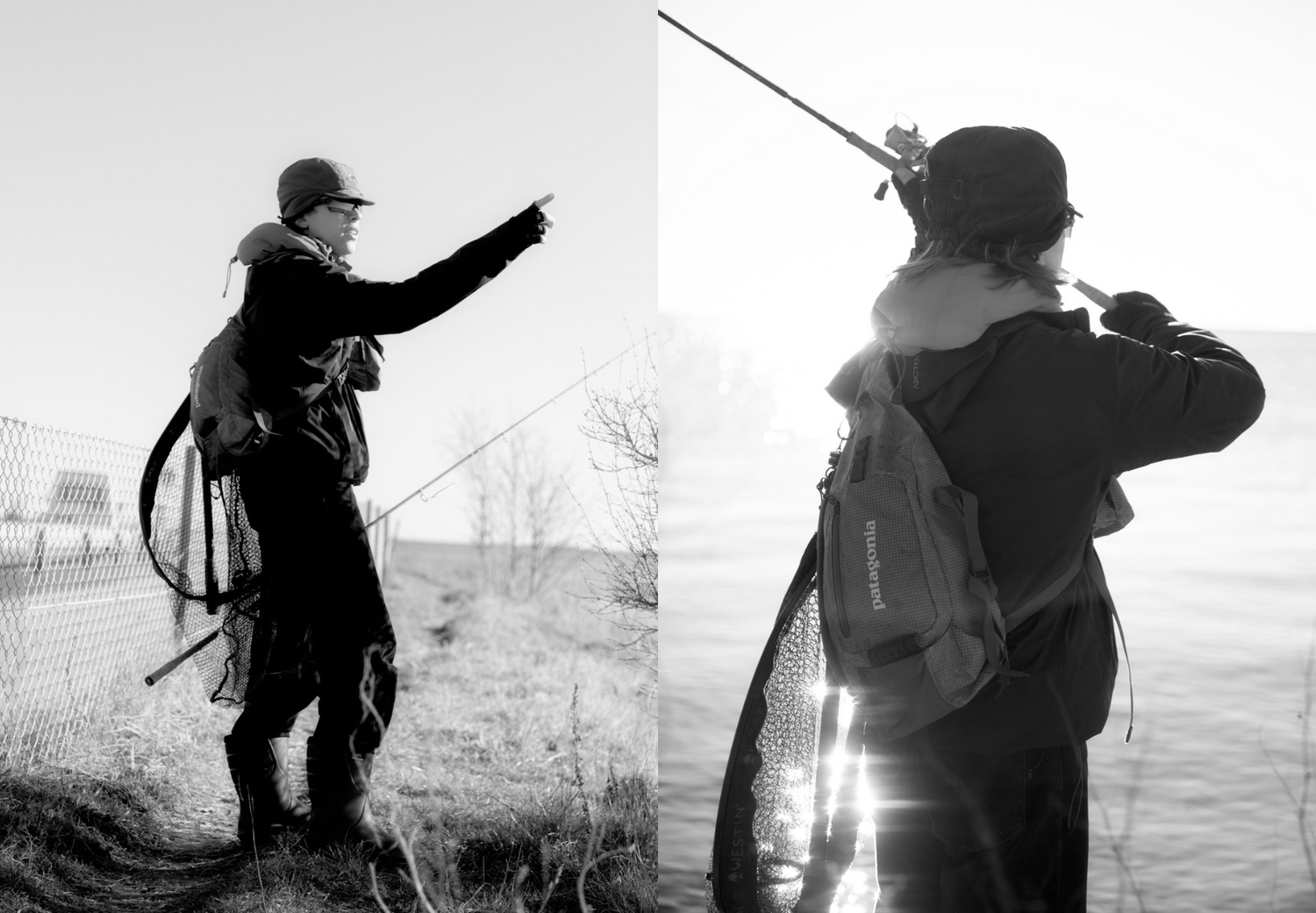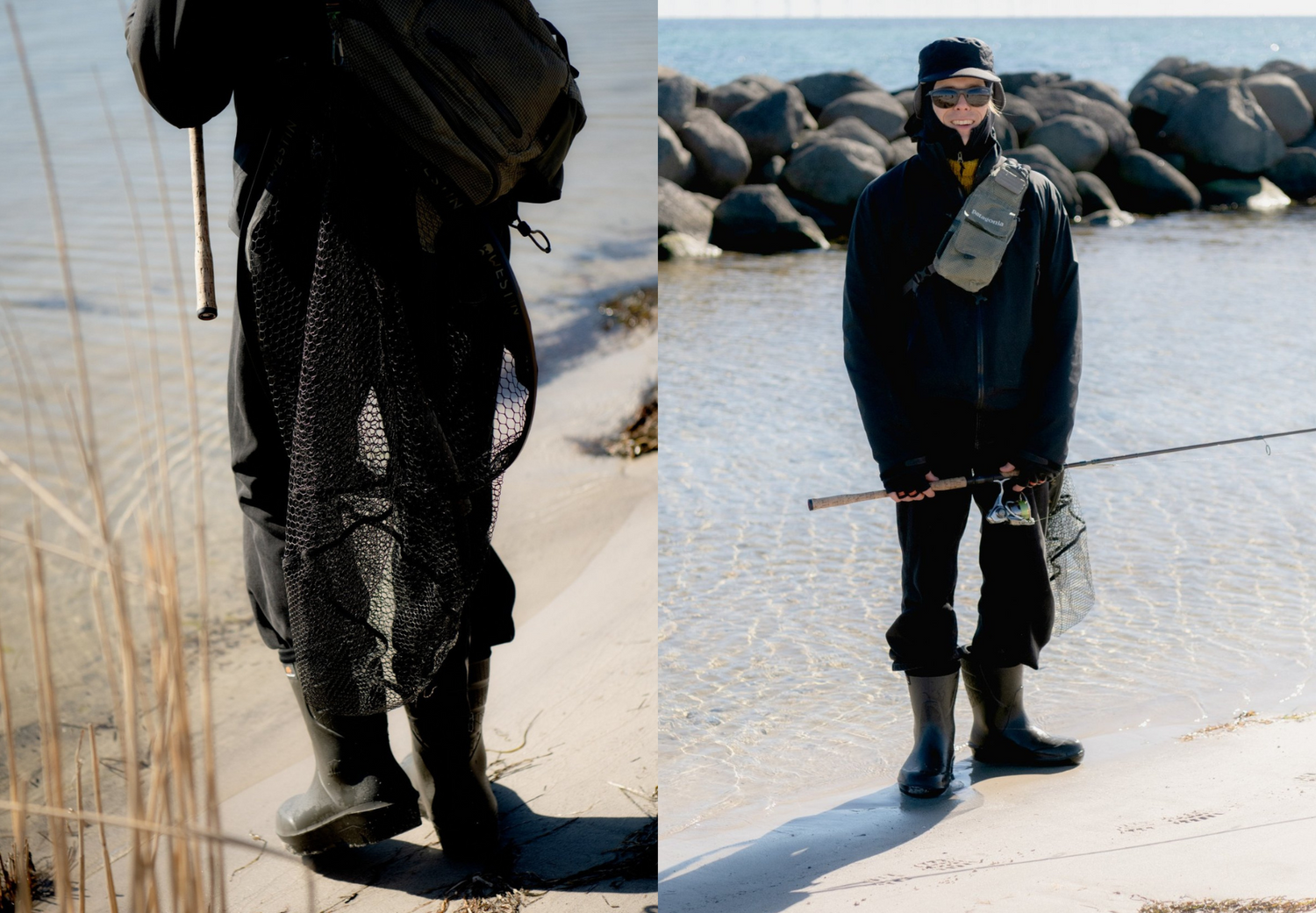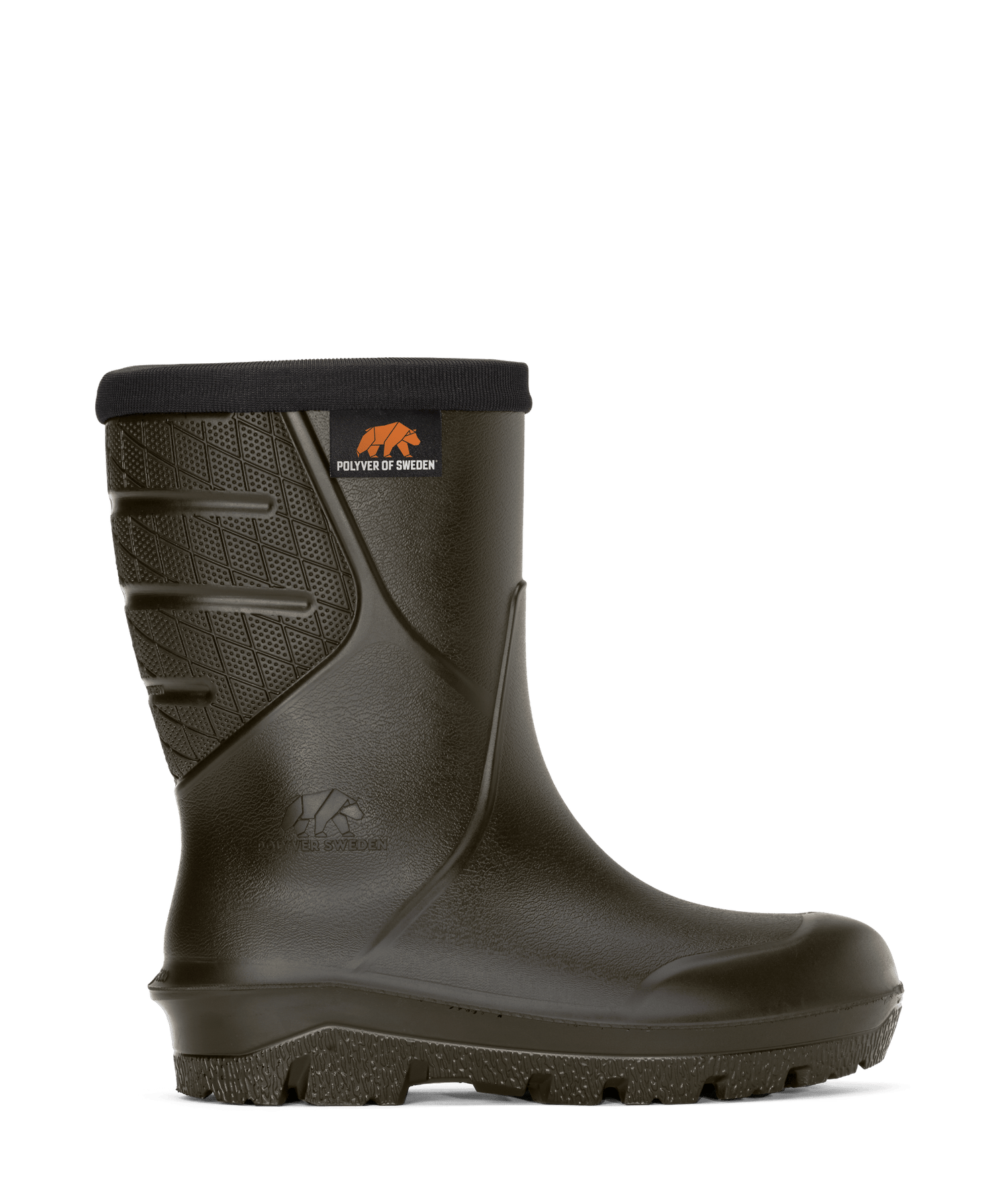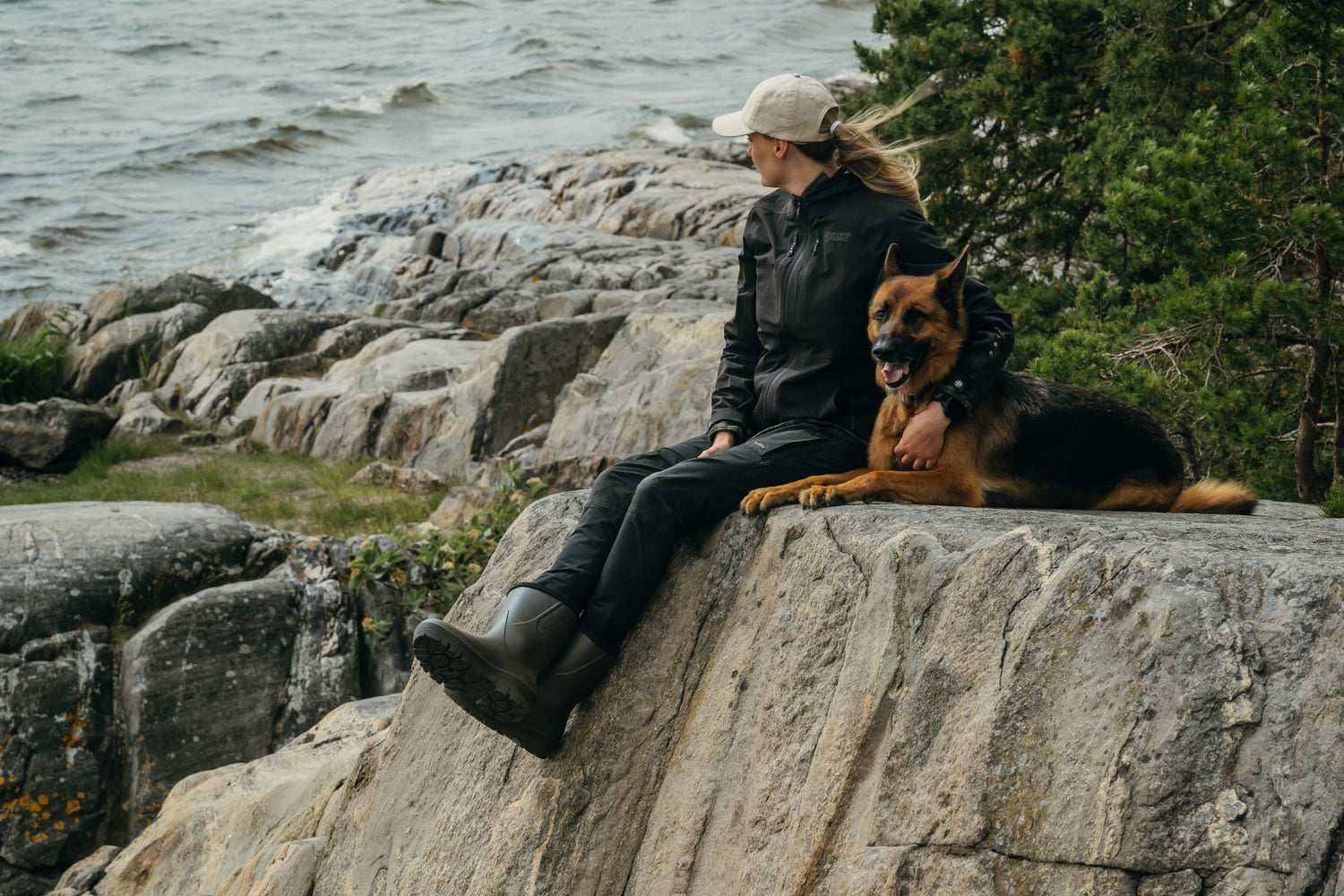When I tell others who don't fish that I'm heading out again, I'm often met with deep bewilderment as to why I'd bother. What is it out there that keeps drawing me back time and again? It certainly has something to do with excitement. Fundamentally, I find the act of catching a fish thrilling, but it’s especially about being somewhere else. Fishing is unnecessary, unproductive, and inefficient. There are countless better ways to put fish on the table. And perhaps that's part of the point. It feels right to wander along coastal hillsides when I probably should be working. Fishing is a place to do something different, a place to be alone yet also together with others who share the obsession. It’s a place where I don't need to explain myself.


Fishing is about waiting, about believing that what you want to happen will eventually happen. To an outsider, it might look like nothing happens until a fish takes the bait. But that's wrong. For many anglers, the ultimate goal is obviously catching a fish, but achieving that requires engaging a set of skills constantly in motion. I'm never more focused than when I'm fishing. I'm fully absorbed by what I'm doing—reading the water. How is the current? Is the water clear? Is it warm? But also observing the direction of the wind and whether fish are visible. Then it becomes about technique: casting, choosing the right lure or the best fly for the day. Preparation is a significant part of it—checking the weather forecast the day before and again before heading out, selecting several spots, and preparing the gear. Arriving at the spot, casting toward a spotted fish, waiting for the precise moment when it bites—and then failing anyway. Because most of the time, I actually don't catch any fish.

Fishing is also about connecting with a landscape—but what kind? In Denmark, that means a radically transformed, cultivated nature, something like a ruin where life persists nonetheless. A series of landscape ruins, yet constantly generating new potentials for life, new complicated connections previously unimaginable. Connecting with such landscapes, species, and life demands that one remains in the trouble, as the American thinker Donna Haraway has articulated. It means looking deeply into nuances, along with all the beauty and all the violence. It requires abandoning the idea of humans as independent beings, recognizing instead our dependency on other species. Staying in the trouble means not falling for nostalgia for a golden past or fear of a dreadful future, but rather staying present, telling stories about a damaged earth, and discovering where life can be revived, restored, and repeated.

I say without irony that we live in a time when we need to learn how to hope again. We need to hope that we can do things differently than we have before. It demands that we teach ourselves new skills, new ways of seeing the world. It also requires accepting that even when we learn and master these skills, success might not come immediately. But perhaps it will if we persist. There is hope in the smallest actions.
Danish Author
